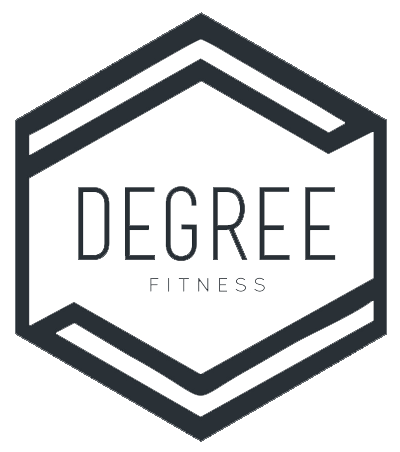Building Your Fitness Hedge
Written By: Coach Kelly
An example we like to use with our clients to showcase just how impactful simple things like getting our workouts in, eating well, getting sleep etc. can have an immense positive impact on our life and longevity.
Check out the image above!
Image Source
On the left we have sickness:
- Chronic Disease
- Chronic Illness
- Chronic Pain
- Generally feeling like junk, or worse
On the right we have fitness:
- Optimal health in terms of sports performance
- Optimal biomarkers like cholesterol levels, blood pressure etc.
- Overall very happy
In the middle we have wellness:
- A good place to stick around!
- Generally well
- Minimal aches and pains
- Good biomarkers of health
Each time you exercise, eat something good for you, tend to your mental health, and rest when needed, we push our dial further to the right; ideally hanging out somewhere between Wellness and Fitness.
Why does this matter?
When life pulls you down, or throws a challenge (ie. pregnancy, injury, illness, stressors, etc.) our body, and mind, will be able to handle these much better where our dial may be pushed back to the left a little bit, but never as far as it would have had we been doing nothing at all.
Your fitness and nutrition create a hedge against sickness.
What does that mean?
You're less likely to need to time off work due to injury or sickness, which means you'll continue to bring home a paycheck for you or your family; you're likely to go on adventures or trips you may otherwise have been unable to; you'll spend less money on prescription drugs and over the counter medications; you'll inherently be happier which creates a ripple effect for everyone around you.
Are you wanting to improve your fitness level, and also feel strong and awesome at the same time?
We can help!
CLICK HERE to book your free no sweat intro to learn more about our programs, pricing and scheduling, or, email a Coach directly at info@degreefitnessseaforth.com!



